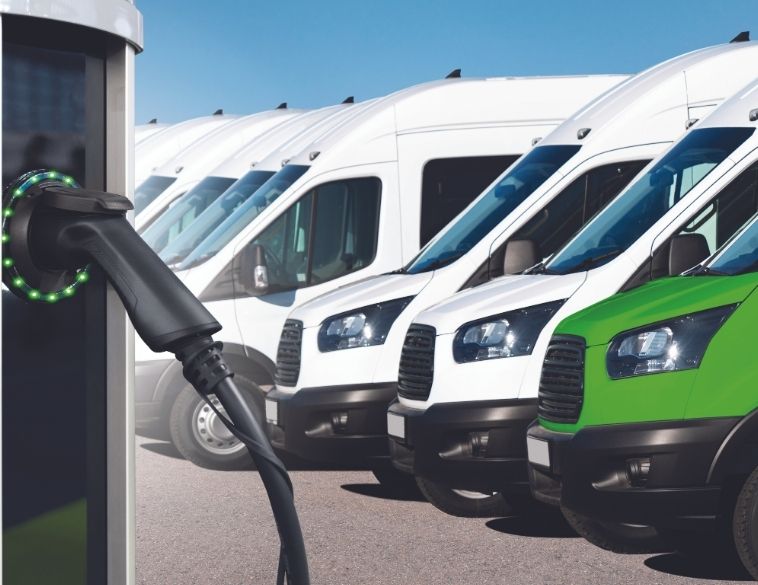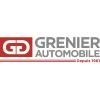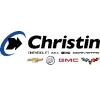Practical considerations for Ultra-low-emission vehicle (ULEV) adoption.
With so many electrified vehicles available today, and many more coming to market in the near future, it can be challenging for fleet managers to make sense of all the options.
According to Amanda Kazemba, Consultant at Holman, the EV landscape in Canada continues to gain momentum and trend in a positive direction. “A growing number of EVs are now available for fleet ordering in 2024 and beyond with lower cost models increasing availability,” she says. “Additionally, many OEMs are offering incentives and allowing increased EV quantity ordering in British Columbia and Quebec where there are stricter mandates towards zero emissions vehicles.
“Also, the general demand for EVs has slowed in recent months and dealer inventory continues to grow. For fleet operators, this means it is now possible to find a number of EVs in dealer stock; an area that has been a particular challenge during the previous two years.”
Making sense of the options
Choosing the optimum level of electrification can be a challenge for fleet managers. “Generally speaking, each fleet application is suited for one or more of these ultra-low emission vehicles or ULEVs,” says Joe Korn, Sustainability Project Consultant, Holman. “That being said, understanding how a vehicle is used will determine the best solution for each fleet application.”
Korn offers the following examples. “Vehicles that drive along a pre-planned route and return to a central location at the end of their day are excellent candidates for battery electric vehicles (BEVs). In another scenario, a sales fleet with irregular routes logging significant miles, potentially in colder temperatures, would likely benefit from a plug-in hybrid (PHEV) or hybrid (HEV) solution.”
While juggling the options seems rather straightforward at first glance, one of the challenges fleet professionals face is the fact that each of these ULEV technologies has limited model offerings to fit each fleet application.
“For example,” Korn explains, “today, most hybrid model options are some type of passenger car, minivan, or SUV. These models are ideal for sales-related applications, as well as pool vehicles and even some service units. However, there are limited, if any, hybrid options for roles in which a service van or truck is necessary. When it comes to BEVs, the best applications are those that operate in a ‘hub and spoke’ manner where vehicles return to a central location at the end of the day. BEVs are a perfect fit for a last-mile delivery fleet.”
Environment and charging needs
Avninder Buttar, SVP, Electrification Strategy & Delivery at Element Fleet Management agrees, adding that the application, as well as the environment, are critical considerations when fleet managers look at their options.
“More controllable use cases, where weather, equipment load, and towing are less of a consideration are easier to electrify,” Buttar explains. “There are more vehicles available in the light-duty ‘consumer’-type vehicles, which are ideal for sales and supervisor type functions. For more service-oriented use cases, we have started to see the introduction of trucks, vans, etc. that meet the needs here, and are seeing progress towards electrification.”
Charging infrastructure is a key consideration. “Certain ULEVs require different types of charging,” Buttar says, “so it’s important to understand driver behaviour and where the vehicle will be parked overnight. This will dictate the infrastructure requirements which can be as simple, or as complicated as you can imagine, depending on what the needs are.”
When considering the options, it’s important to look at the bigger picture, Buttar argues.
“When a specific business vehicle is prone to idling (e.g. a delivery vehicle), an electric alternative is well suited,” he adds. “The World Economic Forum expects a 36% increase in the number of vehicles in urban cores by 2030 which will lead to an increase of emissions (in the absence of ULEV introduction) of 30% or 25 million tons of CO2 annually.”
So while ULEV options can be complicated and complex, the bigger picture would indicate that it’s a move in the right direction for today’s fleets
Weighing the Pros & Cons
Avninder Buttar, SVP, Electrification Strategy & Delivery at Element Fleet Management offers an overview of the pros and cons of the various ULEV options.
- Battery Electric Vehicles (BEV)
Pros: These EVs offer the greatest carbon emission reduction (tailpipe) for fleets and typically have the latest technology from the OEMs. They can begin each work cycle with a full charge, minimizing downtime otherwise spent fueling up at gas stations. Many provinces and states across North America offer “EV Perks” like HOV lane access, more accessible parking, etc. Costs are also lower as energy typically is less expensive than fuel, and maintenance is simplified for most electric vehicles.
Cons: Since these vehicles do not have an alternative fuel source, range anxiety is a consideration in the absence (and inconsistent footprint) of a public charging network. Climate and weather have been shown to have an impact on vehicle range – meaning that fleets may have different scenarios where a BEV may be ideal or not even for the same use case. Limited BEV options are available for fleet. Vehicles are still more expensive than their ICE equivalents, but this is a diminishing concern.
- Plug-In Hybrid Electric Vehicles (PHEV)
Ideal for drivers who take their fleet vehicle home with them and have some consideration for long-distance travel where they may not be available charging infrastructure. For PHEVs, there is a limited range where the vehicle only uses the battery and is thus considered a zero-emission vehicle.
Pros: PHEVs offer greater flexibility for fuel needs (gas & energy). Easier transition from ICE vehicles since drivers will simply continue using gas stations or standard 15A household outlets to “refuel”. No charger installation is necessary so more fleet drivers are eligible for this vehicle. A lot of standard fleet options are available as PHEVs.
Cons: If drivers are not charging their vehicle, it becomes less efficient than a comparable ICE vehicle due to the additional weight from the battery and so driver behaviour is a critical component to successful implementation of PHEVs.
- Mild Hybrids/Hybrids
Pros: No plug-in charging or charger installation is required. Very little range anxiety. No change management or behavioural changes are required for drivers, but you still get the increased fuel efficiency gains which is beneficial from a cost and GHG perspective.
Cons: Not considered a zero-emission vehicle and GHG reduction gains are capped. We’re seeing clients use HEVs as a stepping stone to reduce some emissions and costs, but not typically expected to be their long-term sustainable solution.






 BOUCHERVILLE
BOUCHERVILLE Full time
Full time


